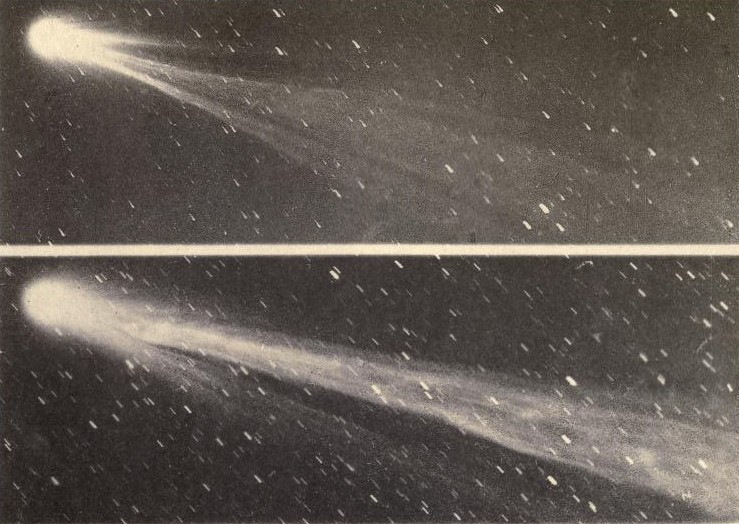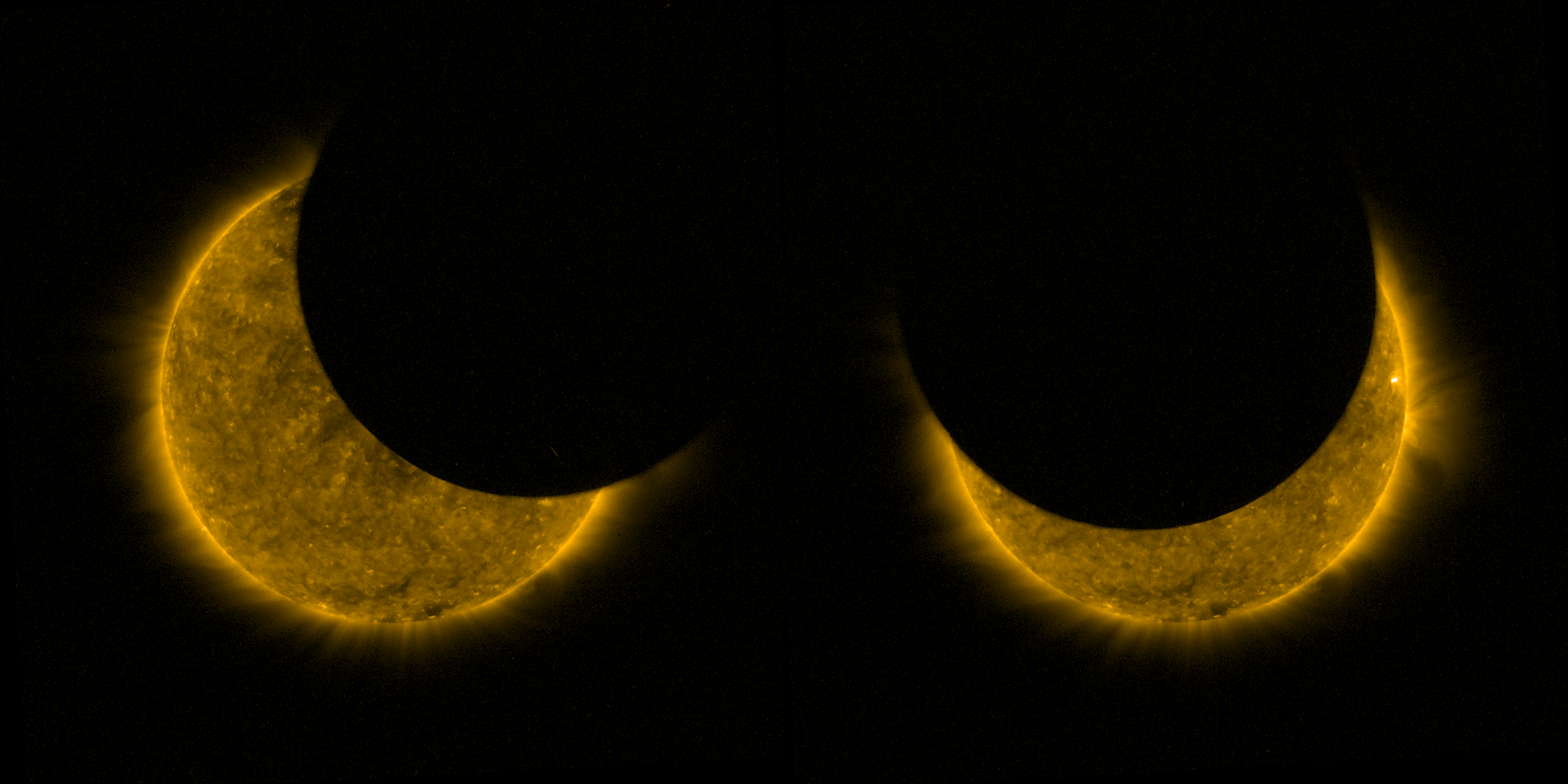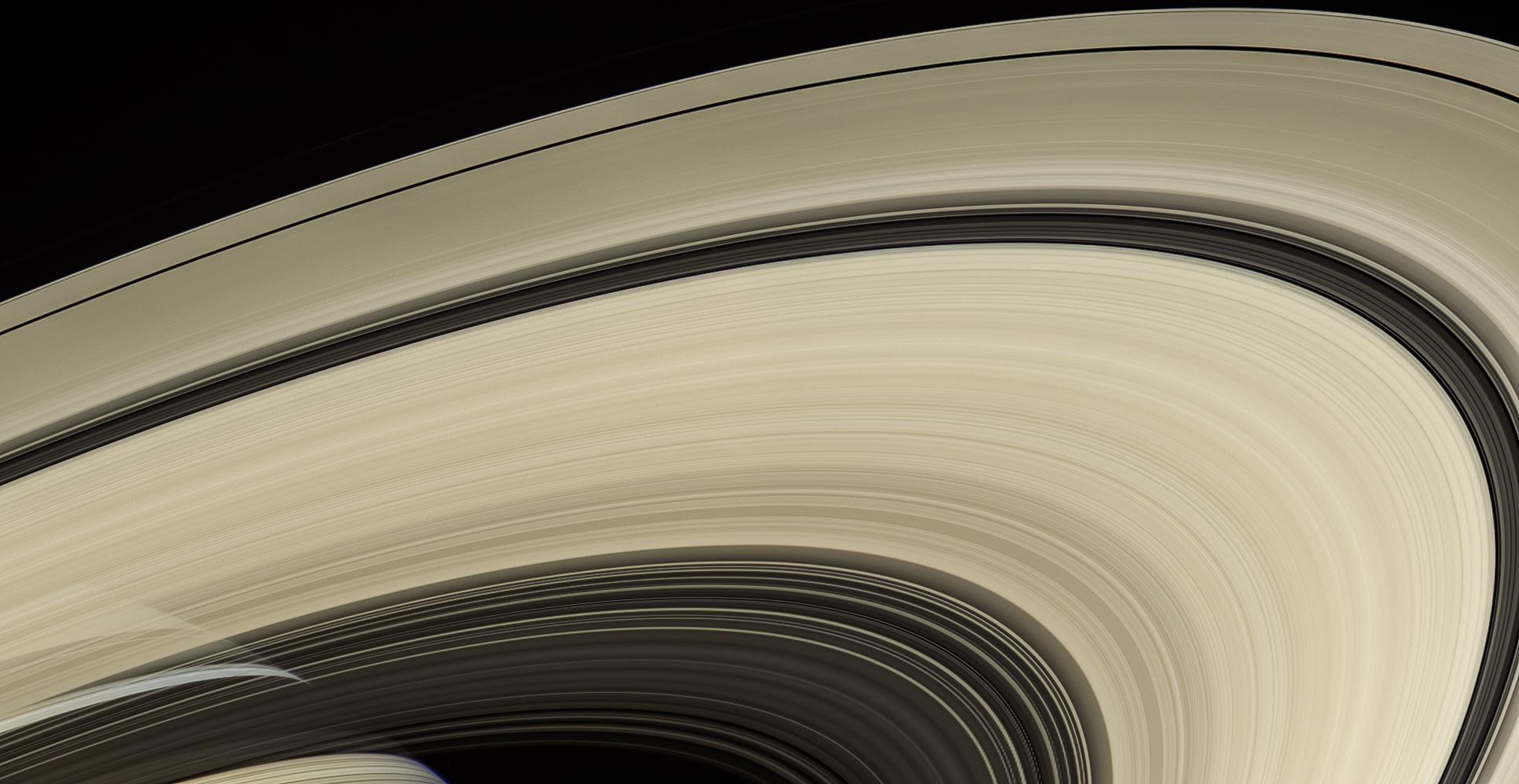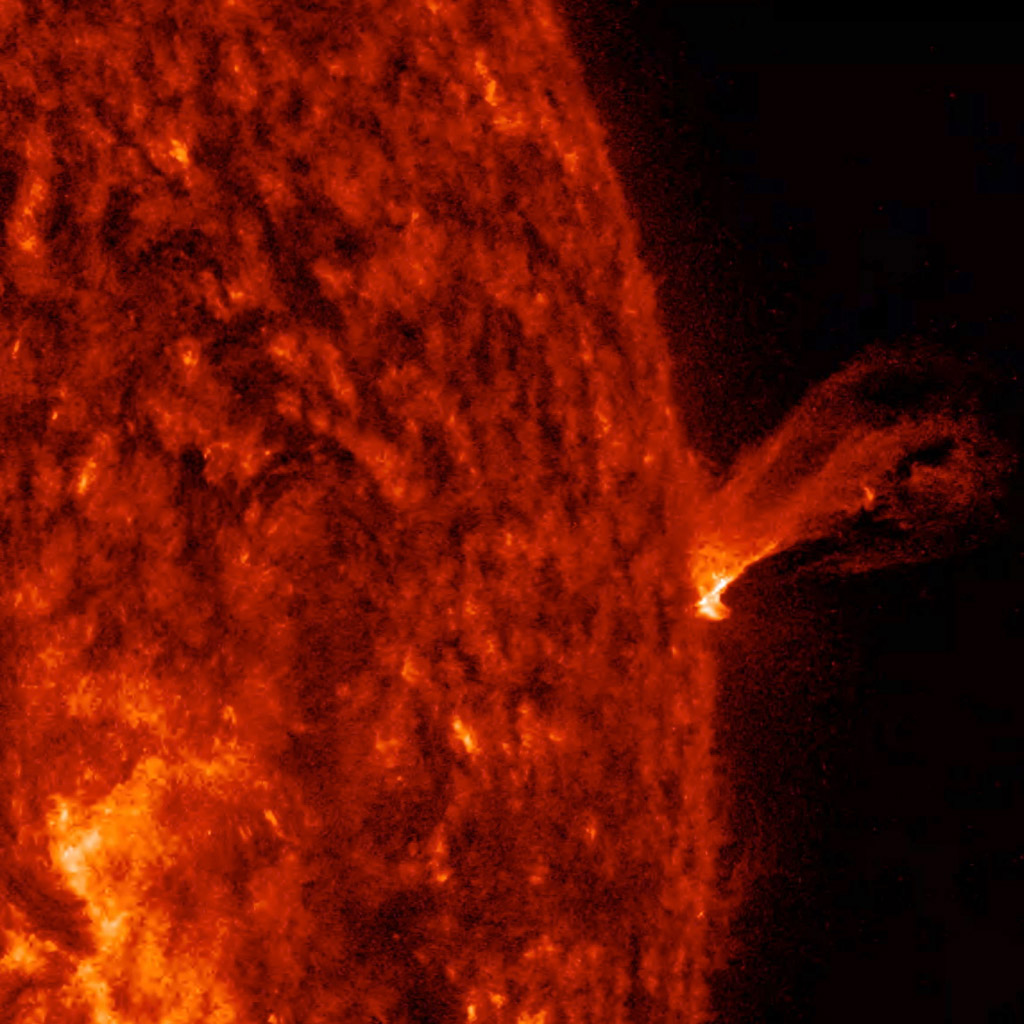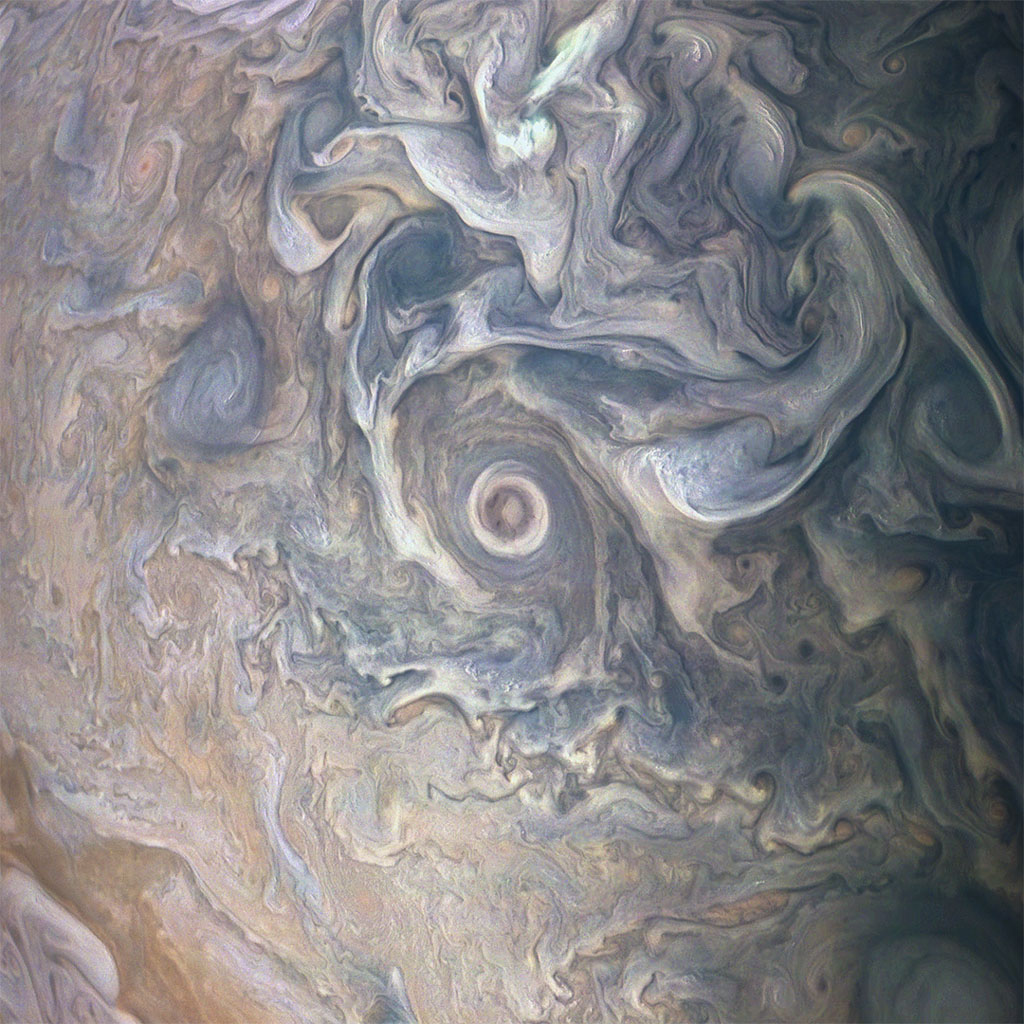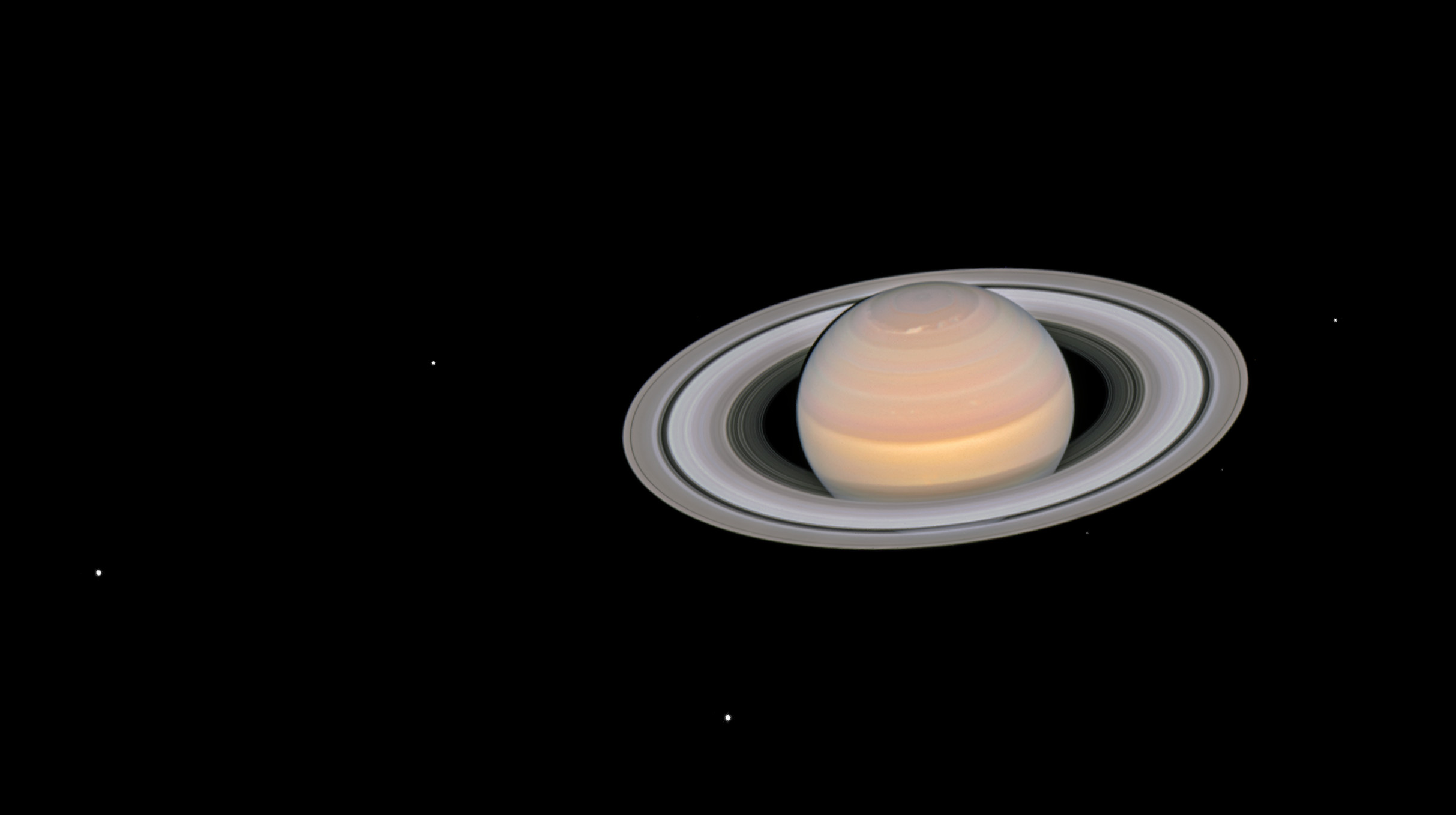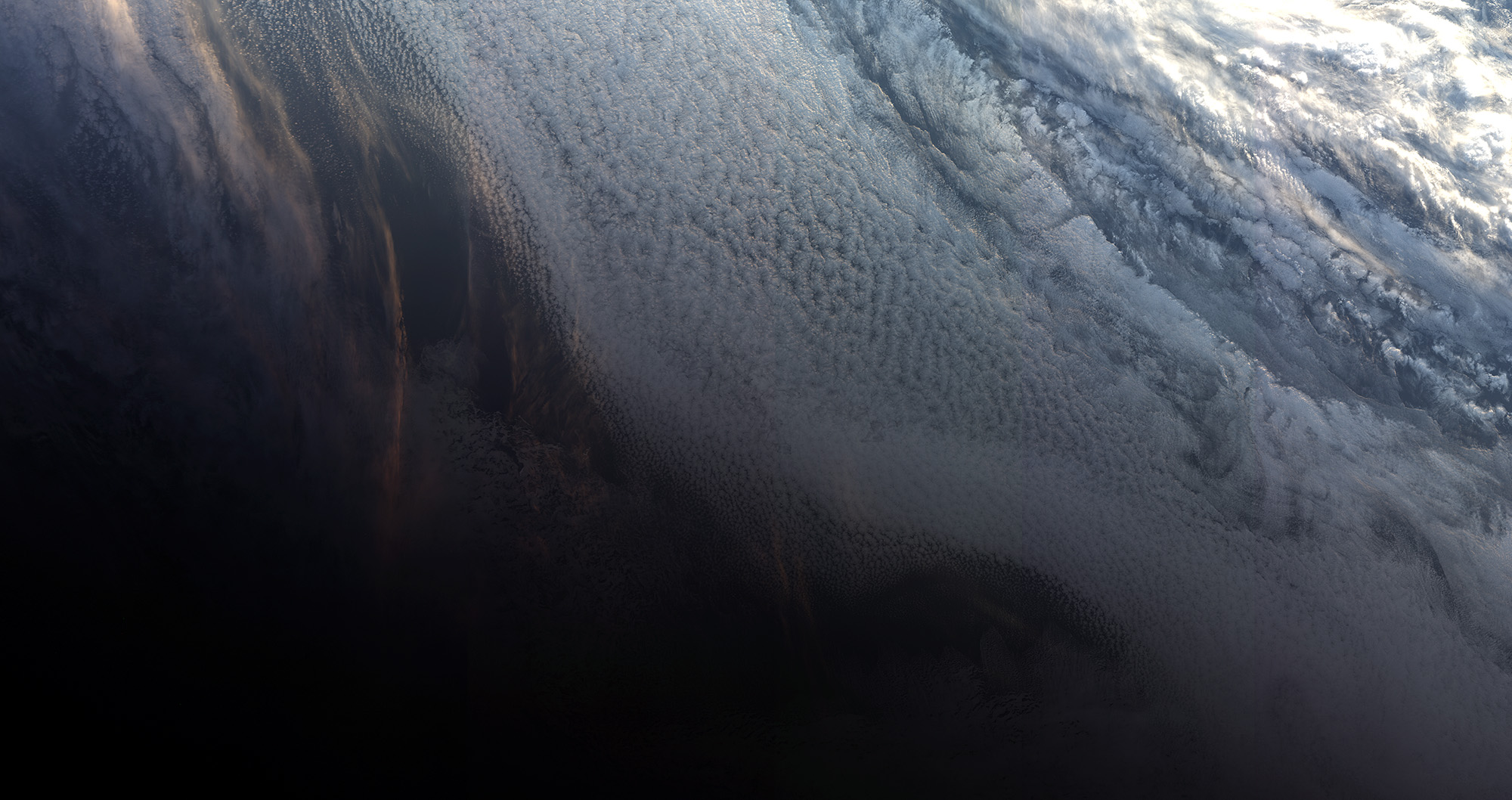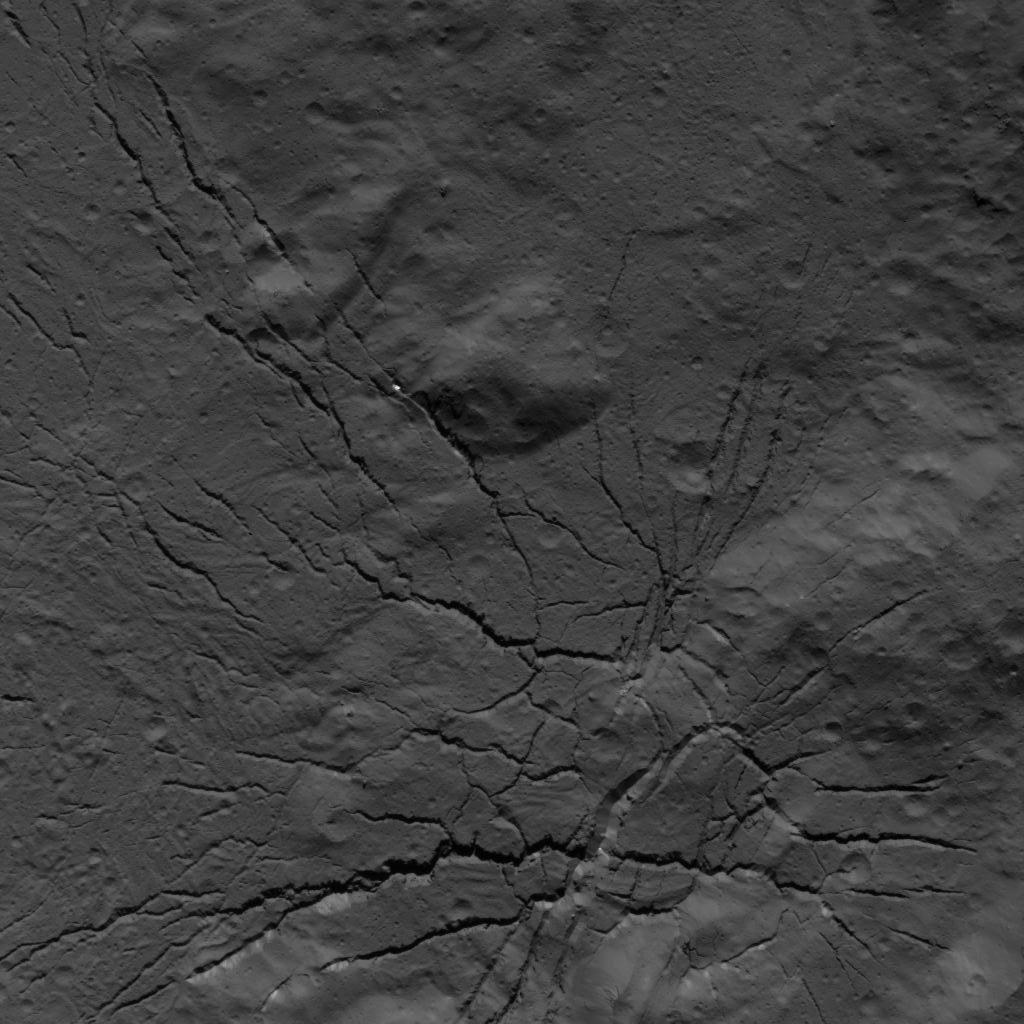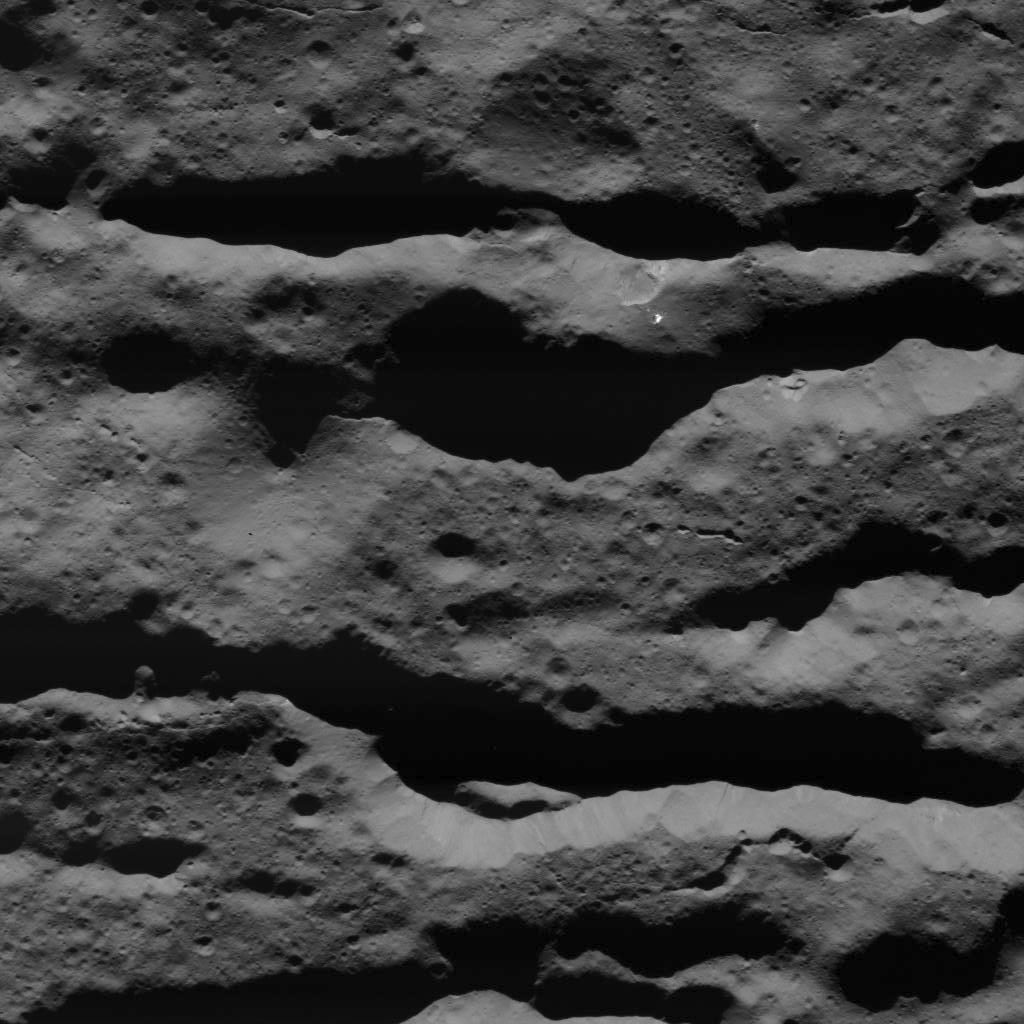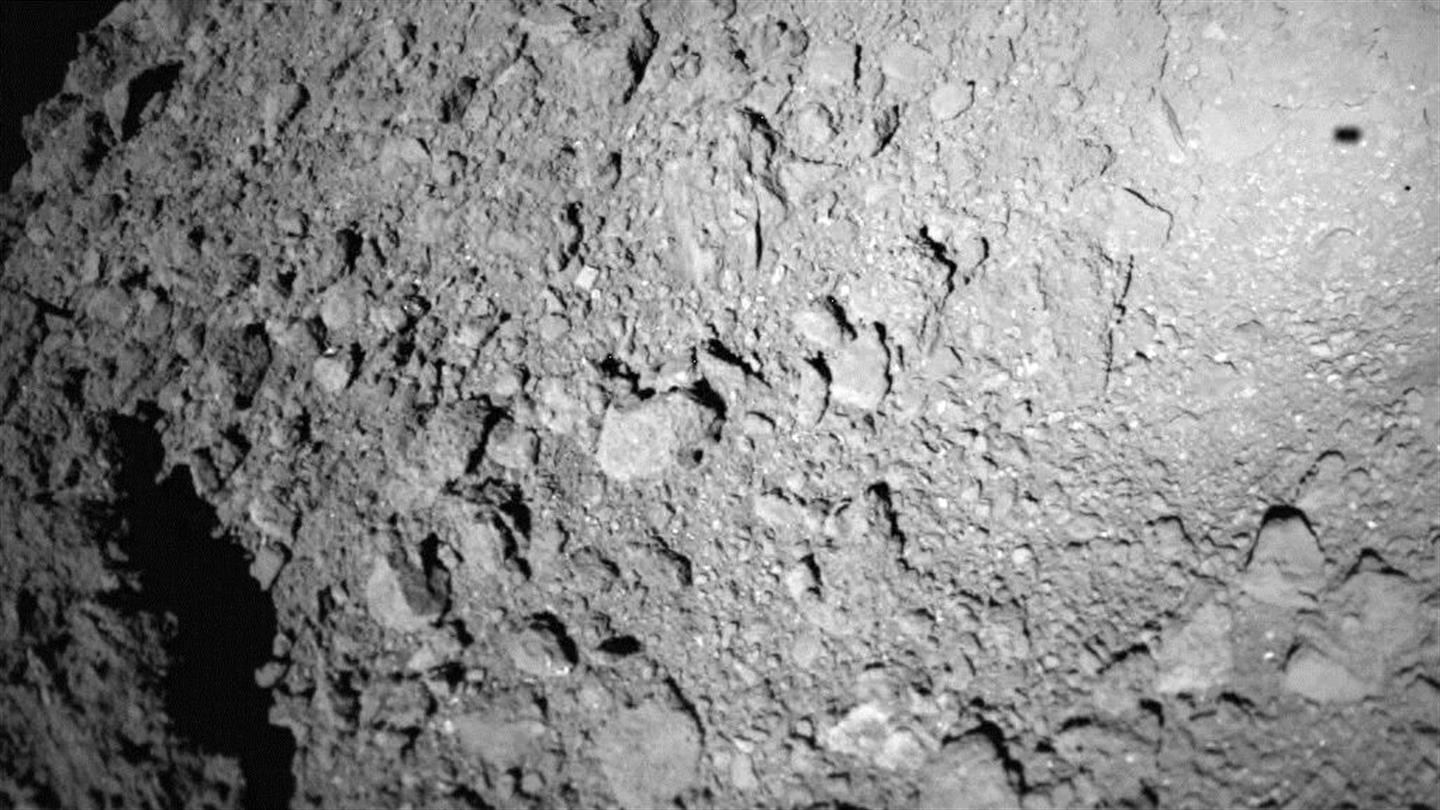-
Welcome to TechPowerUp Forums, Guest! Please check out our forum guidelines for info related to our community.
You are using an out of date browser. It may not display this or other websites correctly.
You should upgrade or use an alternative browser.
You should upgrade or use an alternative browser.
Solar System
- Thread starter Drone
- Start date
- Joined
- Oct 8, 2015
- Messages
- 801 (0.22/day)
- Location
- Earth's Troposphere
| System Name | 3 "rigs"-gaming/spare pc/cruncher |
|---|---|
| Processor | R7-5800X3D/i7-7700K/R9-7950X |
| Motherboard | Asus ROG Crosshair VI Extreme/Asus Ranger Z170/Asus ROG Crosshair X670E-GENE |
| Cooling | Bitspower monoblock ,custom open loop,both passive and active/air tower cooler/air tower cooler |
| Memory | 32GB DDR4/32GB DDR4/64GB DDR5 |
| Video Card(s) | Gigabyte RX6900XT Alphacooled/AMD RX5700XT 50th Aniv./SOC(onboard) |
| Storage | mix of sata ssds/m.2 ssds/mix of sata ssds+an m.2 ssd |
| Display(s) | Dell UltraSharp U2410 , HP 24x |
| Case | mb box/Silverstone Raven RV-05/CoolerMaster Q300L |
| Audio Device(s) | onboard/onboard/onboard |
| Power Supply | 3 Seasonics, a DeltaElectronics, a FractalDesing |
| Mouse | various/various/various |
| Keyboard | various wired and wireless |
| VR HMD | - |
| Software | W10.someting or another,all 3 |
- Joined
- Sep 1, 2010
- Messages
- 7,023 (1.29/day)
@Ahhzz 
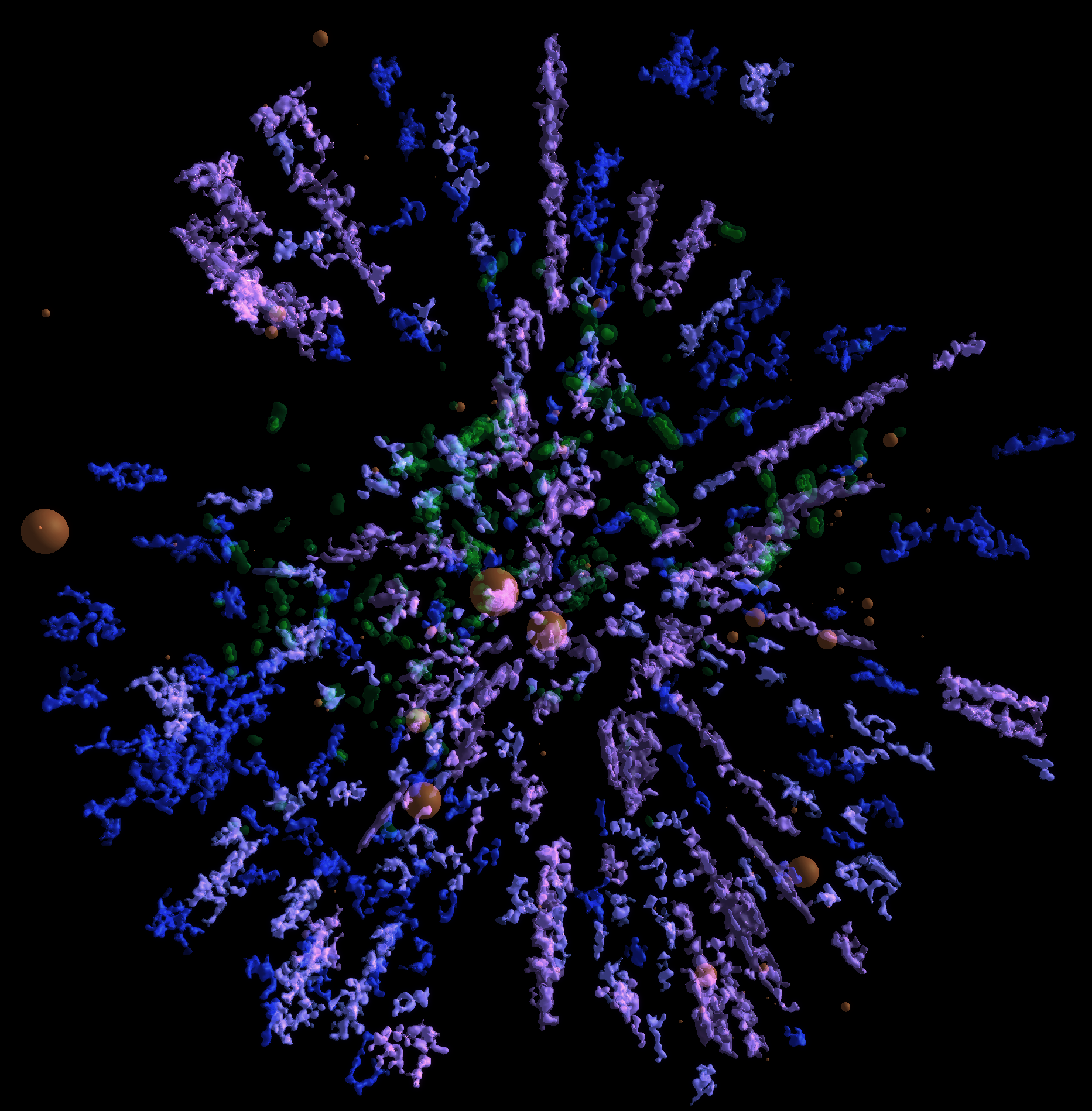
The second data release of ESA’s Gaia mission, made in April, has marked a turning point in the study of our Galactic home, the Milky Way. With an unprecedented catalogue of 3D positions and 2D motions of more than a billion stars, plus additional information on smaller subsets of stars and other celestial sources, Gaia has provided astronomers with an astonishing resource to explore the distribution and composition of the Galaxy and to investigate its past and future evolution.
The majority of stars in the Milky Way are located in the Galactic disc, which has a flattened shape characterised by a pattern of spiral arms similar to that observed in spiral galaxies beyond our own. However, it is particularly challenging to reconstruct the distribution of stars in the disc, and especially the design of the Milky Way’s arms, because of our position within the disc itself.
This is where Gaia’s measurements can make the difference.

Space Station Flight Over Hurricane Lane


The second data release of ESA’s Gaia mission, made in April, has marked a turning point in the study of our Galactic home, the Milky Way. With an unprecedented catalogue of 3D positions and 2D motions of more than a billion stars, plus additional information on smaller subsets of stars and other celestial sources, Gaia has provided astronomers with an astonishing resource to explore the distribution and composition of the Galaxy and to investigate its past and future evolution.
The majority of stars in the Milky Way are located in the Galactic disc, which has a flattened shape characterised by a pattern of spiral arms similar to that observed in spiral galaxies beyond our own. However, it is particularly challenging to reconstruct the distribution of stars in the disc, and especially the design of the Milky Way’s arms, because of our position within the disc itself.
This is where Gaia’s measurements can make the difference.

Space Station Flight Over Hurricane Lane
- Joined
- Feb 27, 2008
- Messages
- 9,272 (1.46/day)
| System Name | OrangeHaze / Silence |
|---|---|
| Processor | i7-13700KF / i5-10400 / |
| Motherboard | ROG STRIX Z690-E / MSI Z490 A-Pro Motherboard |
| Cooling | Corsair H75 / TT ToughAir 510 |
| Memory | 64Gb GSkill Trident Z5 / 32GB Team Dark Za 3600 |
| Video Card(s) | Palit GeForce RTX 2070 / Sapphire R9 290 Vapor-X 4Gb |
| Storage | Hynix Plat P41 2Tb\Samsung MZVL21 1Tb / Samsung 980 Pro 1Tb |
| Display(s) | 22" Dell Wide/24" Asus |
| Case | Lian Li PC-101 ATX custom mod / Antec Lanboy Air Black & Blue |
| Audio Device(s) | SB Audigy 7.1 |
| Power Supply | Corsair Enthusiast TX750 |
| Mouse | Logitech G502 Lightspeed Wireless / Logitech G502 Proteus Spectrum |
| Keyboard | K68 RGB — CHERRY® MX Red |
| Software | Win10 Pro \ RIP:Win 7 Ult 64 bit |
Gorgeous, mate!!
edit: ok. 'splain what I'm looking at there?
double edit: went looking, haven't found yet, but did stumble into this page... wonderful look at the stars in the galaxy!
http://sci.esa.int/gaia-stellar-family-portrait/
edit: ok. 'splain what I'm looking at there?
double edit: went looking, haven't found yet, but did stumble into this page... wonderful look at the stars in the galaxy!
http://sci.esa.int/gaia-stellar-family-portrait/
- Joined
- Sep 1, 2010
- Messages
- 7,023 (1.29/day)
- Joined
- Sep 7, 2017
- Messages
- 3,244 (1.13/day)
| System Name | Grunt |
|---|---|
| Processor | Ryzen 5800x |
| Motherboard | Gigabyte x570 Gaming X |
| Cooling | Noctua NH-U12A |
| Memory | Corsair LPX 3600 4x8GB |
| Video Card(s) | Gigabyte 6800 XT (reference) |
| Storage | Samsung 980 Pro 2TB |
| Display(s) | Samsung CFG70, Samsung NU8000 TV |
| Case | Corsair C70 |
| Power Supply | Corsair HX750 |
| Software | Win 10 Pro |
It's sad to think how lonely these worlds are... and unimaginative number of them.
How different would our solar system really be if there was one missing? Do they all play a part in making the Earth work? I know Jupiter helps ward off debris.. and the moon with tides.. but what the hell is the point of Mars?
How different would our solar system really be if there was one missing? Do they all play a part in making the Earth work? I know Jupiter helps ward off debris.. and the moon with tides.. but what the hell is the point of Mars?
- Joined
- Sep 28, 2005
- Messages
- 3,557 (0.49/day)
- Location
- Canada
| System Name | Alienware R10 Rebuild |
|---|---|
| Processor | Ryzen 5700X3D |
| Motherboard | Alienware Mobo |
| Cooling | AIO (Alienware) |
| Memory | 2x16GB GSkill Ripjaws 3600MT/s |
| Video Card(s) | Dell RTX 3080 |
| Storage | 1x 2TB NVME XPG GAMMIX S70 BLADE |
| Display(s) | LG 32" 1440p |
| Case | Alienware R10 |
| Audio Device(s) | Onboard |
| Power Supply | 1000W Dell PSU |
| Mouse | Steelseries |
| Keyboard | Blackweb Walmart Special Mechanical |
| Software | Windows 11 |
Yes and no. The current rotation of the planets around the sun is the reason why our world was able to sustain life. If that balance is broken, I believe the rotation would be broken.
That said, it is depressing to see that loneliness. Would be fun to know of other living forms to interact with.
That said, it is depressing to see that loneliness. Would be fun to know of other living forms to interact with.
- Joined
- Sep 1, 2010
- Messages
- 7,023 (1.29/day)
Thanks for these links, @dorsetknob
https://www.bbc.com/news/science-environment-45598156
https://www.theregister.co.uk/2018/09/21/jaxa_hayabusa2_ryugu_asteroid_landing/
Some fun with NdGT
- Joined
- Sep 7, 2017
- Messages
- 3,244 (1.13/day)
| System Name | Grunt |
|---|---|
| Processor | Ryzen 5800x |
| Motherboard | Gigabyte x570 Gaming X |
| Cooling | Noctua NH-U12A |
| Memory | Corsair LPX 3600 4x8GB |
| Video Card(s) | Gigabyte 6800 XT (reference) |
| Storage | Samsung 980 Pro 2TB |
| Display(s) | Samsung CFG70, Samsung NU8000 TV |
| Case | Corsair C70 |
| Power Supply | Corsair HX750 |
| Software | Win 10 Pro |
I don't care what anyone says, I still like Sagan's Cosmos more than Neil's.  Even with the outdated info... I must have seen it a dozen times.
Even with the outdated info... I must have seen it a dozen times.
Neil has a wonderful, enthusiastic personality though, don't get me wrong.
 Even with the outdated info... I must have seen it a dozen times.
Even with the outdated info... I must have seen it a dozen times.Neil has a wonderful, enthusiastic personality though, don't get me wrong.
- Joined
- Sep 1, 2010
- Messages
- 7,023 (1.29/day)
Fracture Pattern on the Floor of Occator Crater
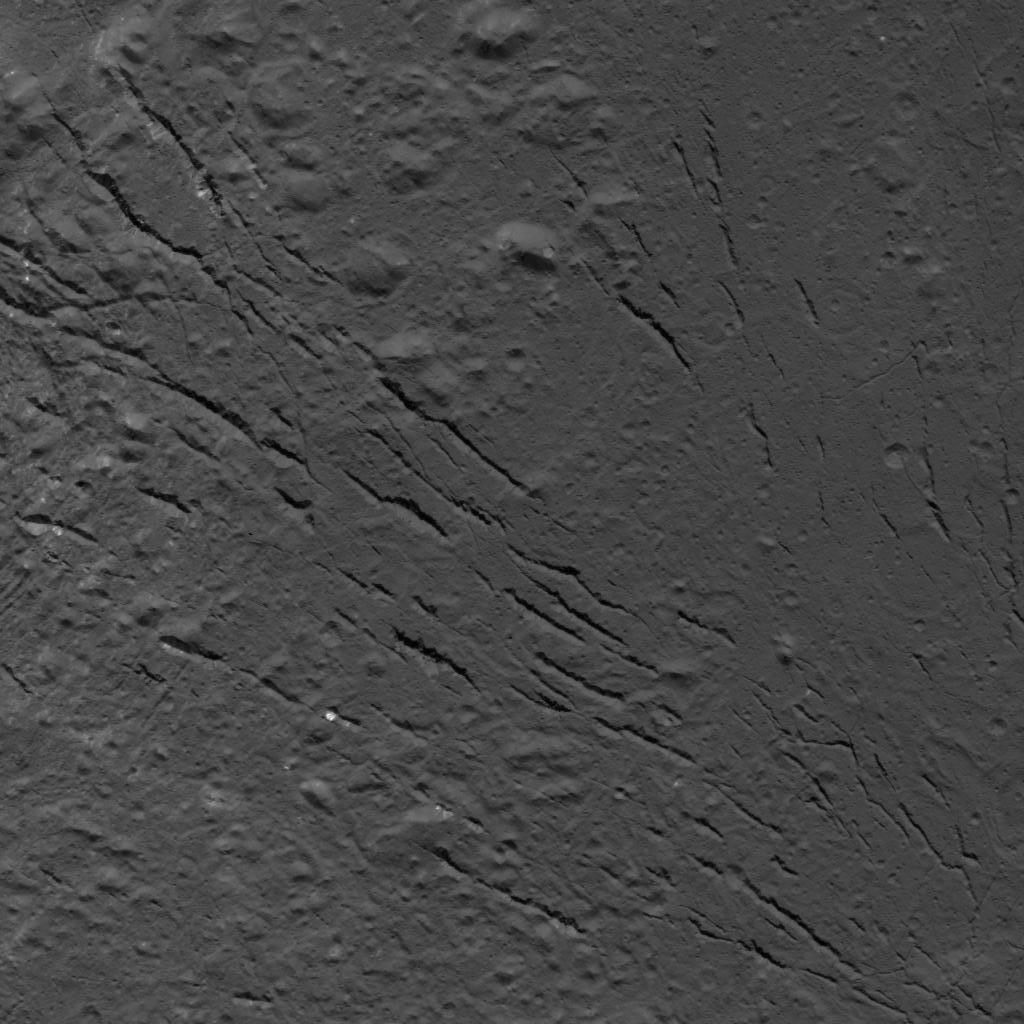
What is nothing?
Subaru Telescope Discovers a New Extremely Distant Solar System Object During Hunt for Planet X

JAXA probe's lucky MASCOT plonks down on space rock Ryugu without a hitch (thanks @dorsetknob for info)
Black holes ruled out as Universe’s missing dark matter
New Simulation Sheds Light on Spiraling Supermassive Black Holes

What is nothing?
Subaru Telescope Discovers a New Extremely Distant Solar System Object During Hunt for Planet X

JAXA probe's lucky MASCOT plonks down on space rock Ryugu without a hitch (thanks @dorsetknob for info)
Black holes ruled out as Universe’s missing dark matter
New Simulation Sheds Light on Spiraling Supermassive Black Holes
- Joined
- Feb 27, 2008
- Messages
- 9,272 (1.46/day)
| System Name | OrangeHaze / Silence |
|---|---|
| Processor | i7-13700KF / i5-10400 / |
| Motherboard | ROG STRIX Z690-E / MSI Z490 A-Pro Motherboard |
| Cooling | Corsair H75 / TT ToughAir 510 |
| Memory | 64Gb GSkill Trident Z5 / 32GB Team Dark Za 3600 |
| Video Card(s) | Palit GeForce RTX 2070 / Sapphire R9 290 Vapor-X 4Gb |
| Storage | Hynix Plat P41 2Tb\Samsung MZVL21 1Tb / Samsung 980 Pro 1Tb |
| Display(s) | 22" Dell Wide/24" Asus |
| Case | Lian Li PC-101 ATX custom mod / Antec Lanboy Air Black & Blue |
| Audio Device(s) | SB Audigy 7.1 |
| Power Supply | Corsair Enthusiast TX750 |
| Mouse | Logitech G502 Lightspeed Wireless / Logitech G502 Proteus Spectrum |
| Keyboard | K68 RGB — CHERRY® MX Red |
| Software | Win10 Pro \ RIP:Win 7 Ult 64 bit |
Love those pics  Looking forward to seeing what pics we get from the Japanese and their asteroid
Looking forward to seeing what pics we get from the Japanese and their asteroid 
 Looking forward to seeing what pics we get from the Japanese and their asteroid
Looking forward to seeing what pics we get from the Japanese and their asteroid 
- Joined
- Jul 5, 2013
- Messages
- 32,006 (7.27/day)
Very different and Yes. Mars is theorized to have been very Earth-like early in the history of the solar system, which is supported by the information being retrieved by the probes on the surface of Mars. It's very exciting time to be and astronomer/astrophysicist.How different would our solar system really be if there was one missing? Do they all play a part in making the Earth work? I know Jupiter helps ward off debris.. and the moon with tides.. but what the hell is the point of Mars?
- Joined
- Sep 1, 2010
- Messages
- 7,023 (1.29/day)
ISS transits our Sun

Rotation of the Large Magellanic Cloud
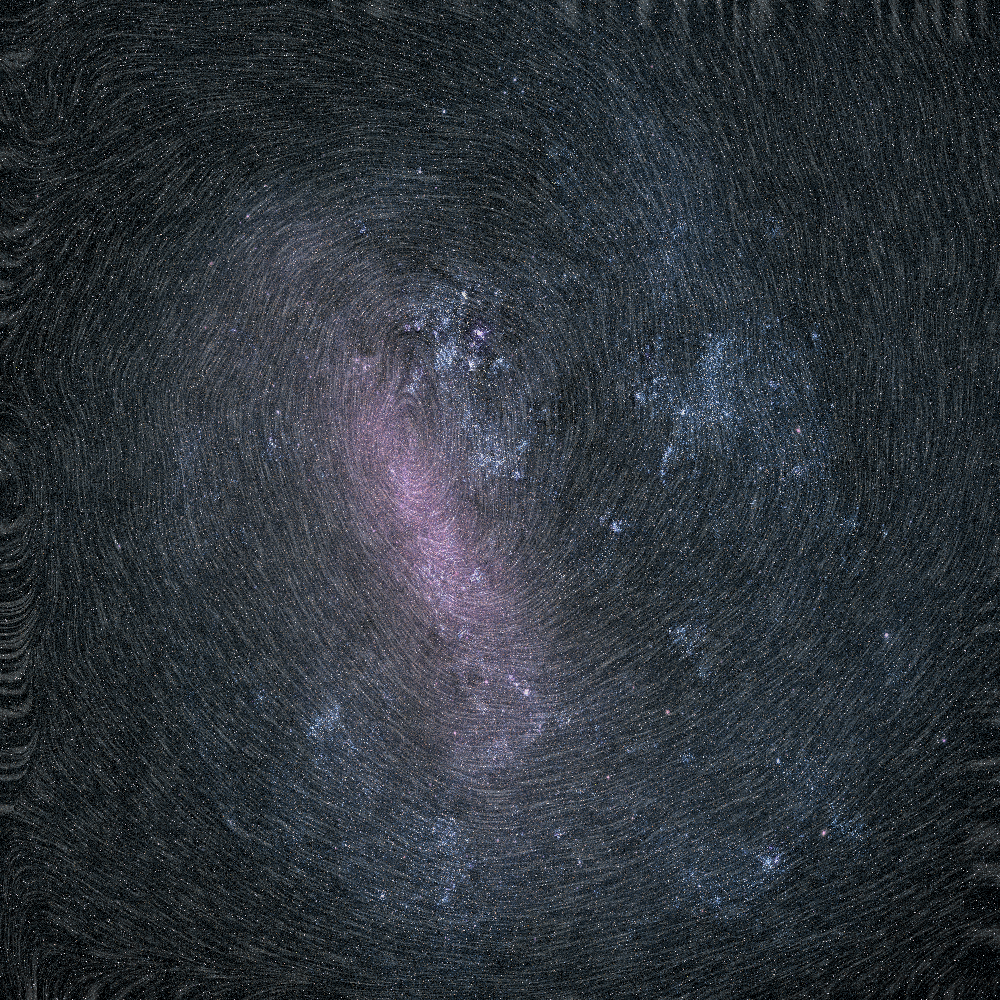
Positions and orbits of 20 high-velocity stars were identified using data from the second release of ESA’s Gaia mission. ( @Ahhzz )
The seven stars shown in red are sprinting away from the Galaxy and could be travelling fast enough to eventually escape its gravity. Surprisingly, the study revealed also thirteen stars, shown in orange, that are racing towards the Milky Way: these could be stars from another galaxy, zooming right through our own.
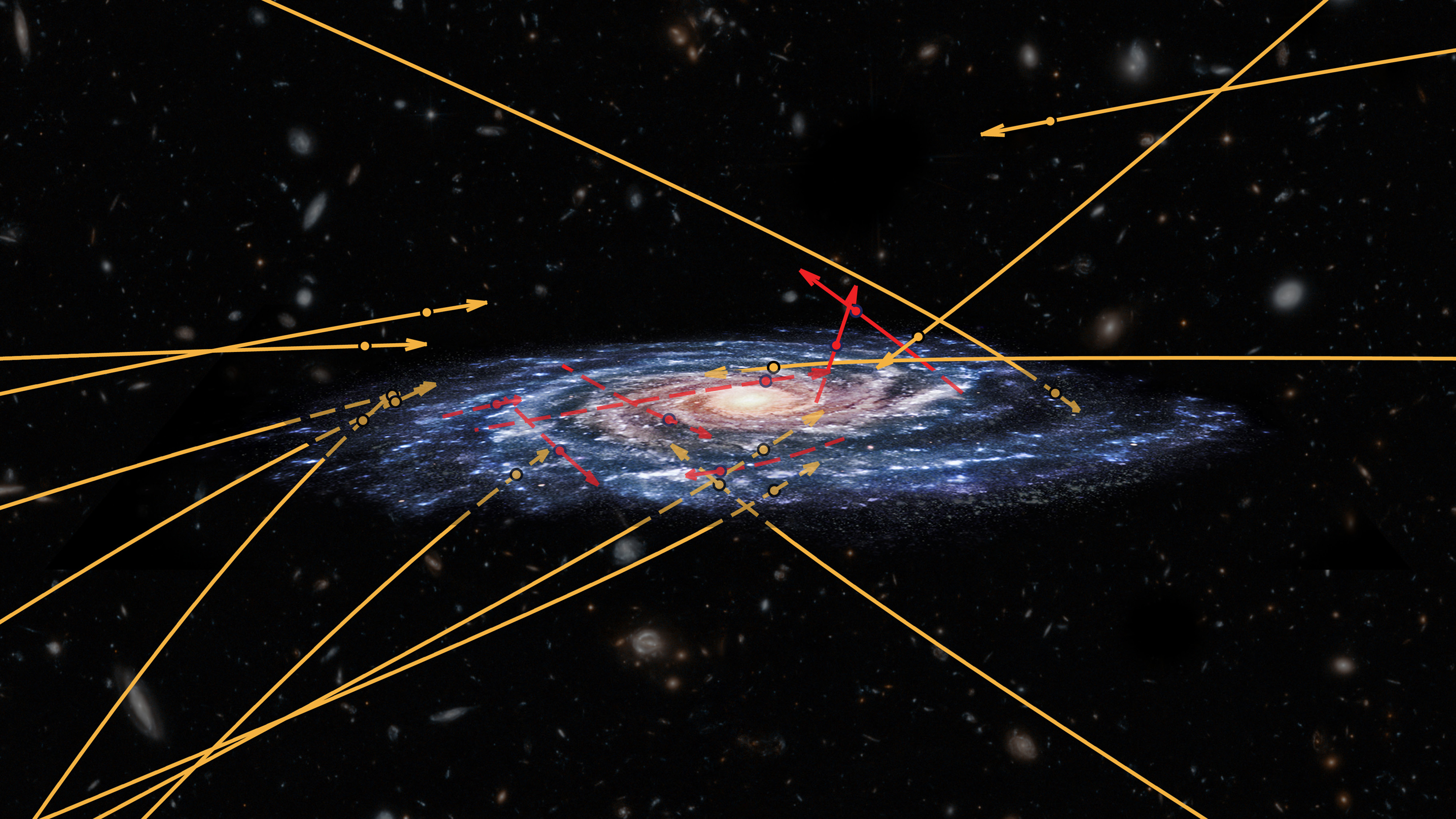

Rotation of the Large Magellanic Cloud

Positions and orbits of 20 high-velocity stars were identified using data from the second release of ESA’s Gaia mission. ( @Ahhzz )
The seven stars shown in red are sprinting away from the Galaxy and could be travelling fast enough to eventually escape its gravity. Surprisingly, the study revealed also thirteen stars, shown in orange, that are racing towards the Milky Way: these could be stars from another galaxy, zooming right through our own.

- Joined
- Feb 27, 2008
- Messages
- 9,272 (1.46/day)
| System Name | OrangeHaze / Silence |
|---|---|
| Processor | i7-13700KF / i5-10400 / |
| Motherboard | ROG STRIX Z690-E / MSI Z490 A-Pro Motherboard |
| Cooling | Corsair H75 / TT ToughAir 510 |
| Memory | 64Gb GSkill Trident Z5 / 32GB Team Dark Za 3600 |
| Video Card(s) | Palit GeForce RTX 2070 / Sapphire R9 290 Vapor-X 4Gb |
| Storage | Hynix Plat P41 2Tb\Samsung MZVL21 1Tb / Samsung 980 Pro 1Tb |
| Display(s) | 22" Dell Wide/24" Asus |
| Case | Lian Li PC-101 ATX custom mod / Antec Lanboy Air Black & Blue |
| Audio Device(s) | SB Audigy 7.1 |
| Power Supply | Corsair Enthusiast TX750 |
| Mouse | Logitech G502 Lightspeed Wireless / Logitech G502 Proteus Spectrum |
| Keyboard | K68 RGB — CHERRY® MX Red |
| Software | Win10 Pro \ RIP:Win 7 Ult 64 bit |
Very cool!!!
- Joined
- Jul 5, 2013
- Messages
- 32,006 (7.27/day)
The Sun has only once been this free of major spots since observation began. Extreme solar storms will be incoming in the next few years.


